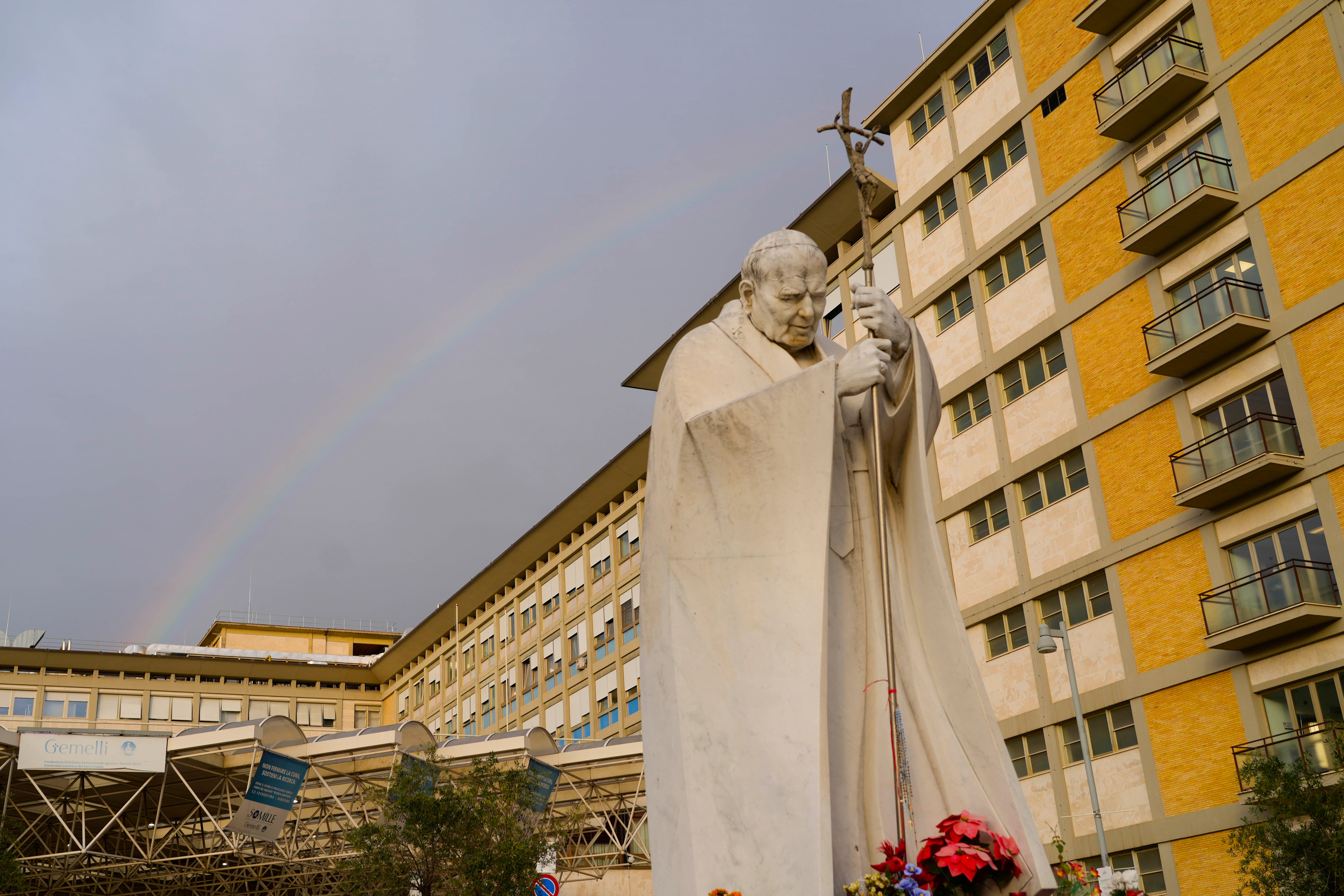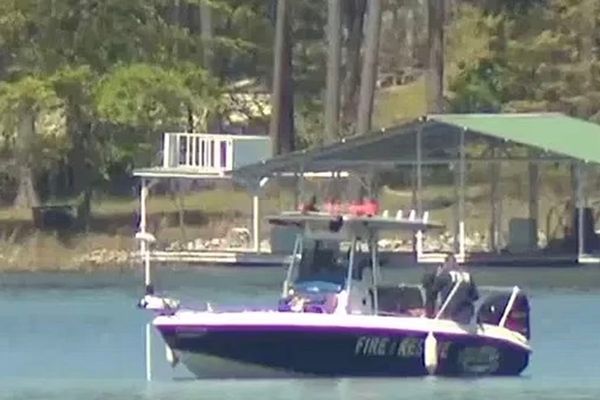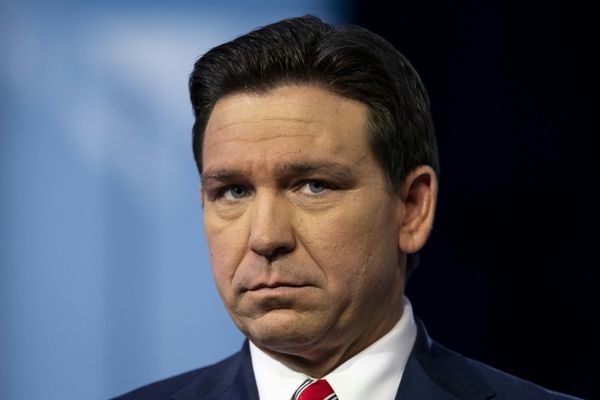
Pope Francis's health has taken a turn as he battles pneumonia in both lungs, raising concerns about his recovery.
The 88-year-old pontiff, who is currently into the fifth day of his stay at Rome’s Gemelli hospital, had a restful night, waking up on Wednesday morning to eat breakfast, a Vatican spokesperson said.
It came after confirmation from the Vatican on Tuesday that the Pope's respiratory infection, initially diagnosed as bronchitis, has developed into pneumonia affecting both lungs, further complicated by asthmatic bronchitis.
This diagnosis paints a “complex picture”, according to Vatican spokesperson Matteo Bruni, and necessitates treatment with cortisone and antibiotics.
The pneumonia diagnosis followed a chest CT scan conducted Tuesday afternoon.
The Pope had the upper lobe of his right lung removed in his youth and is prone to chest infections.
Despite the severity of his illness, the Vatican said that Pope Francis remains in good spirits and appreciates the outpouring of prayers for his recovery.
He was initially admitted to the hospital last Friday after experiencing a week of worsening bronchitis. On Monday, doctors identified a polymicrobial respiratory tract infection, indicating a mixture of viruses, bacteria, and potentially other organisms had colonised his respiratory tract.
The development of pneumonia from bronchitis is a serious complication, particularly when it affects both lungs, as it limits the availability of healthy lung tissue to compensate.
The Vatican said it will continue to monitor the Pope's condition and provide updates as they become available.

Treatment for pneumonia varies by severity but can include providing oxygen through a nasal tube or mask, intravenous fluids — and treatment of the underlying cause of the infection. To date Francis is not known to be using supplemental oxygen, and he has eaten breakfast every day, read the newspapers and done some work from his hospital room.
The Vatican hasn't provided any information about how Francis is responding to any of the drugs he has been given other than to say he isn't running a fever.
Dr. Carmelo D’Asero, an infectious disease and geriatric disease expert in Rome, said Francis' lack of a fever was not necessarily a positive thing, given the seriousness of his infection.
“A high fever is a sign of an immune response to a pathogen,” he said.
“Having a low fever and having a serious bronchial infection ... is a sign of a decreased immune response and that makes us worry a little bit more, let’s say. Maybe if he had a fever, it would have been better.”
The Vatican has given no indication of how long the pope might remain hospitalised, only saying that the treatment of such a “complex clinical picture”, which has already required several changes in his drug regimen, would require an “adequate” stay.
Despite the less than positive news about Francis' condition, a rainbow appeared over the Gemelli hospital on Tuesday afternoon and Francis received get-well drawings and cards from children being treated in the hospital's oncology ward.







